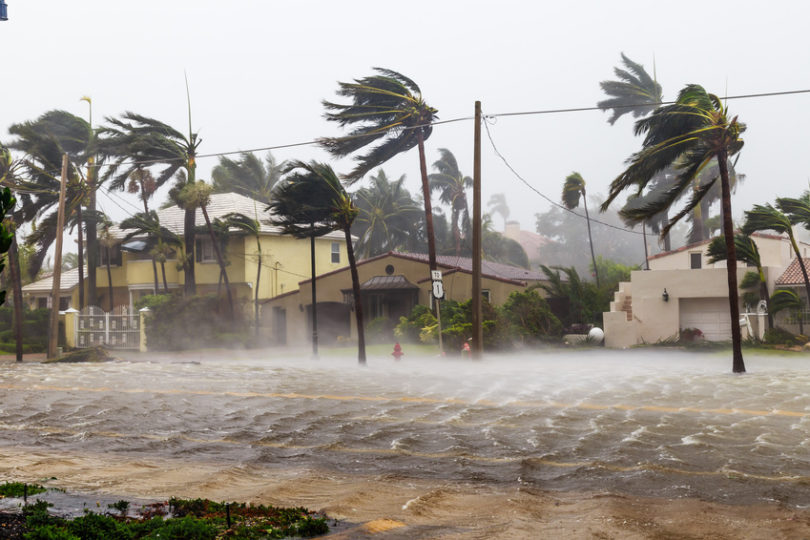Though forecasters have been anticipating an El Niño weather pattern since the Spring of 2018, the weather event was officially determined by officials on Valentine’s Day. This comes after heavy rains have inundated parts of California, causing massive flooding events and even mudslides.
One mudslide was so large that it swept one home off of its foundation in Sausalito, sending it into another home down the hill.
So far, it’s estimated that California has received more than 9.4 inches in only 48 hours as of Feb. 14.
Keep in mind that one-eighth of an inch of rainfall can fill a 54-gallon barrel. Californian homes simply aren’t equipped to handle a sudden storm. After all, the average roof can collect more than 600 gallons of water with only one inch of rainfall. It’s no wonder that this intense bout of rainfall has resulted in serious consequences.
The Federal Climate Prediction Center confirmed that El Niño weather pattern is present in the Pacific, however, it isn’t yet clear if these tumultuous rainstorms were caused by the weather event.
Though El Niño brings warmer waters into the Pacific which creates uncommon storms on the west coast, weather experts note that El Niño is currently situated in the central Pacific. This might mean that California isn’t seeing the effects of El Niño, but another weather system.
Professor Jin-Yi Yu of the University of California, Irvine, claims that the change in weather patterns may be a result of climate change.
“The verdict is that this El Niño might have a limited influence on the wetter-than-normal weather in Southern California but probably not anywhere else,” Yu notes in an interview with NBC News. “Based on my past study, central Pacific El Niños tend to enhance winter rainfall in Southern California.”
The rain witnessed in Central and Northern California may be the result of the weather phenomenon known as a “pineapple express.” This type of atmospheric river creates a corridor of concentrated atmospheric moisture from the Pacific.
It’s a type of moisture highway that can create intensely wet conditions in California. CNN claims that this is the culprit behind the excessive rainfall in Central and Northern California.
So far, more than 50 homes have been evacuated in Sausalito alone, after mudslides and flooding have created an unsafe environment. Responders are assessing the extent of the damage and securing the area.
But Northern Californians won’t be able to enjoy their pools anytime soon. Though fiberglass pool finishes can last up to 25 years, more homes are at-risk due to a recent winter storm warning.
Officials in Shasta County have warned residents to avoid traveling because of road hazards, including downed power lines and felled trees. An estimated 23,000 power outages were identified in Shasta County on Valentine’s Day and officials warn that this might last for a few days.
Other areas are expected to receive up to six feet of snow and receive wind gusts reaching up to 90 miles per hour.
“I don’t think that the wet winter that we’re having now can be clearly attributed to a weak El Niño,” claims research meteorologist Alexander Gershunov from the Scripps Institution of Oceanography. “The thinking that tends to associate wet winters with El Niños is based on signals that were developed in the 20th century, and in the 21st century those signals have been in doubt.”
While California struggles with the effects of the pineapple express, the El Niño is expected to impact other locations in the next few months.








